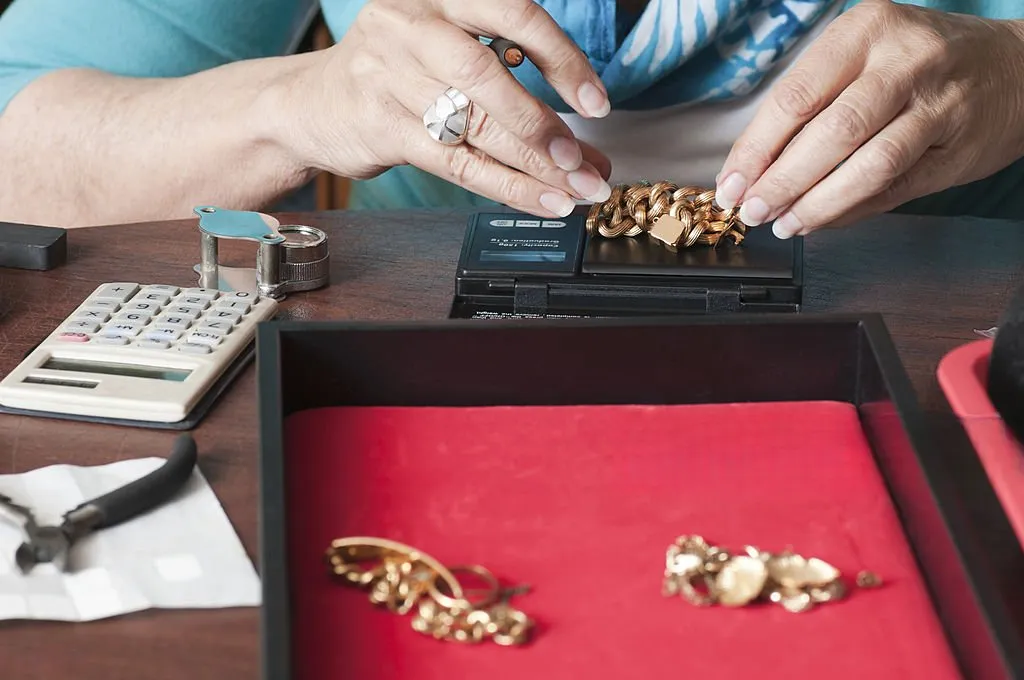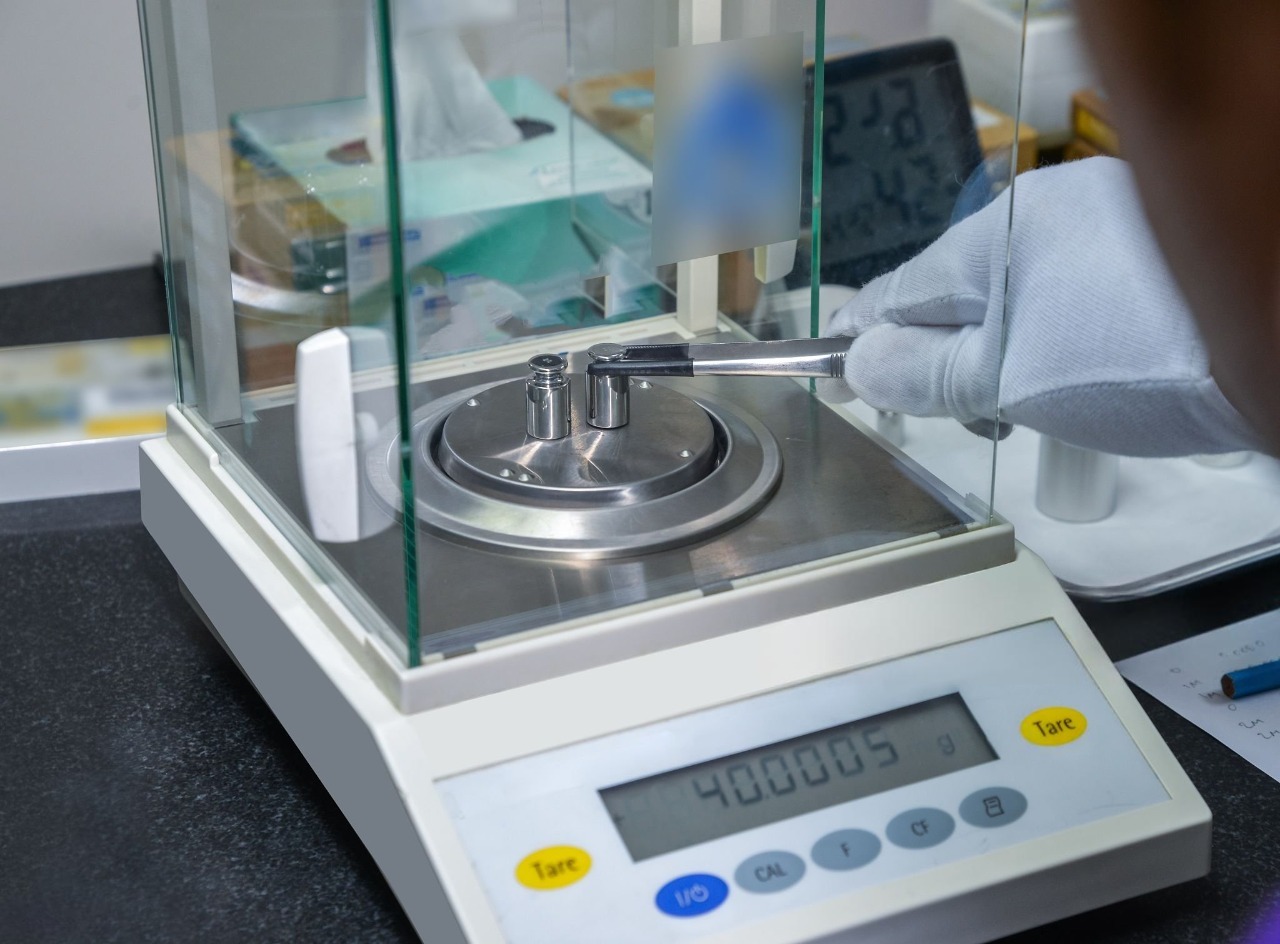Introduction: Precision That Pays Off
In the world of jewelry, where a fraction of a gram can mean thousands of dollars, precision isn’t just important—it’s everything. Whether you’re a jeweler crafting a masterpiece, a gemologist appraising a rare stone, or a trader dealing in precious metals, accurate measurements with jewelry scales protect your profits, reputation, and client trust. At the core of this precision lies a deceptively simple feature: the tare function. Far from a mere convenience, the tare function is a game-changer for professionals and enthusiasts alike. Let’s explore why it’s indispensable in jewelry weighing.

What Is the Tare Function? Your Key to Accurate Weighing
The tare function, often marked by a “Tare” or “Zero” button on a jewelry scale, is a powerful tool that simplifies weighing and boosts accuracy. In short, it lets you reset the scale’s display to zero, ignoring the weight of any container or tool.
How It Works:
Picture this: you need to weigh a handful of tiny gemstones. Placing them directly on the scale risks losing a few to spillage. Instead, you use a small dish or weighing pan. The catch? The scale now shows the combined weight of the dish and the gems. That’s where the tare function shines.
- Place the empty dish on the scale. The display shows the dish’s weight.
- Hit the “Tare” or “Zero” button. The scale resets to zero, as if the dish isn’t there.
- Add your gemstones to the dish. The display now shows only the gems’ weight.
This straightforward process ensures you’re measuring the true weight of your items, free from the clutter of containers or tools.
Why the Tare Function Matters in Jewelry Weighing
Pinpoint Accuracy for Pricing and Valuation
In the jewelry business, accurate weight measurements are the foundation of fair pricing, valuation, and production. The tare function delivers the net weight of your items—excluding containers, packaging, or tools. This is critical when pricing materials like gold, silver, or gemstones, where every milligram counts.
Example: When buying precious metals, taring the scale ensures you’re paying only for the metal itself, not the tray it’s sitting in. This keeps your costs accurate and your transactions fair.
Avoiding Costly Mistakes
Skipping the tare function can lead to expensive errors. Without it, you might overpay for materials by including the container’s weight or undercharge clients by miscalculating the net weight. Either way, small discrepancies can add up fast.
Real-World Impact: Imagine buying gold and forgetting to tare the scale. A heavy container could inflate the weight by a few grams, costing you hundreds of dollars. Conversely, under-measuring could spark disputes with clients, damaging your credibility.
Building Trust and Professionalism
Using the tare function shows clients you’re meticulous about accuracy, which builds confidence in your business. When customers see you weigh their jewelry with precision, they’re more likely to trust you and return.
Example in Retail: When selling a necklace, taring the scale to show the exact weight of the piece reassures the buyer they’re getting what they paid for. This transparency fosters loyalty and glowing reviews.
Where the Tare Function Shines: Key Applications
Jewelry Transactions
Whether you’re buying or selling, the tare function ensures fair weighing in retail or wholesale deals. By eliminating the weight of containers, you and your clients can trust the measurements, making transactions smooth and dispute-free.
Jewelry Manufacturing
Crafting jewelry demands exact measurements, especially with costly materials like gold or gemstones. The tare function lets manufacturers weigh components—metals, stones, or alloys—without the interference of tools or containers, ensuring efficient and precise material use.
Inventory Management
For jewelry stores or manufacturers, accurate inventory tracking is a must. The tare function helps you record the true weight of your stock, excluding packaging or display trays. This keeps your records precise and your costs in check.
Gemstone Appraisal
Gemologists rely on the tare function to weigh stones accurately, even when they’re in settings or mounts. By taring out the mount’s weight, you get the stone’s true weight, which is crucial for valuation and market pricing.
Conclusion: Don’t Weigh Without It
The tare function isn’t just a handy feature—it’s a cornerstone of accuracy, efficiency, and trust in the jewelry industry. From pricing precious metals to appraising gemstones or managing inventory, it ensures you’re working with the true weight of your items, saving you from costly errors and boosting your professional edge.
Invest in a jewelry scale with a reliable tare function to elevate your work. At Stuccler, we offer a range of high-quality, precise scales designed to meet your needs. Check out our collection and let our team help you find the perfect tool to keep your business shining.



